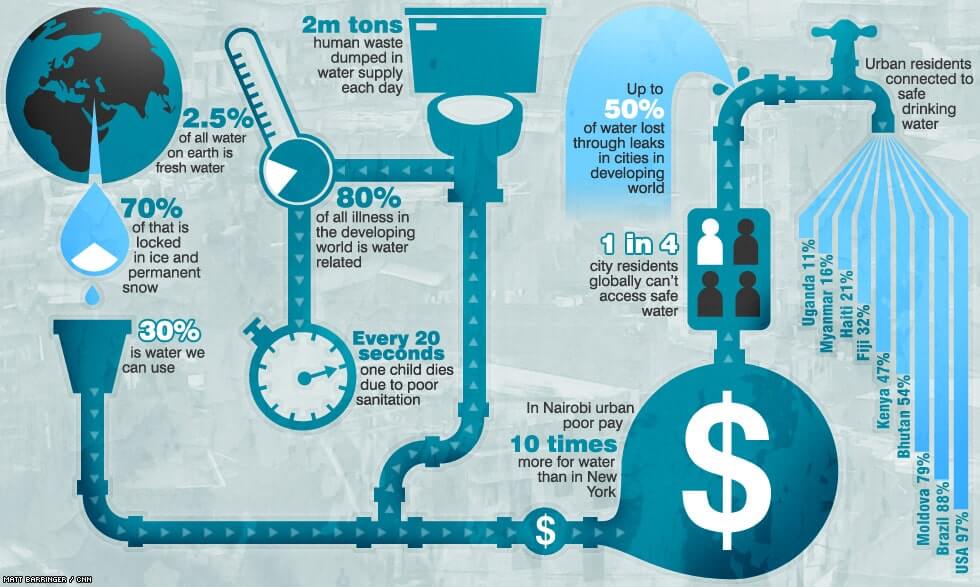The Ultimate Overview To Comprehending Warm Pumps - Exactly How Do They Work?
The Ultimate Overview To Comprehending Warm Pumps - Exactly How Do They Work?
Blog Article
Composed By-Grady Best
The best heatpump can conserve you considerable amounts of cash on energy costs. They can also help reduce greenhouse gas emissions, particularly if you make use of electricity in place of nonrenewable fuel sources like propane and heating oil or electric-resistance furnaces.
Heat pumps function quite the same as a/c unit do. https://journalstar.com/lifestyles/home-and-garden/affordable-starter-homes-in-the-lincoln-area/collection_dc152ca0-7d61-5b77-bfb3-57dd39a1e597.html makes them a viable alternative to typical electrical home heating unit.
Exactly how They Function
Heat pumps cool homes in the summertime and, with a little aid from electricity or natural gas, they offer some of your home's home heating in the winter. They're a great option for individuals who wish to decrease their use of fossil fuels yet aren't ready to change their existing heater and a/c system.
They rely upon the physical reality that even in air that appears as well chilly, there's still power present: warm air is always moving, and it intends to relocate right into cooler, lower-pressure atmospheres like your home.
Most power celebrity certified heat pumps run at near to their heating or cooling capability throughout a lot of the year, minimizing on/off cycling and conserving energy. For the best performance, concentrate on systems with a high SEER and HSPF score.
The Compressor
The heart of the heatpump is the compressor, which is additionally called an air compressor. https://trentonashvj.blogoxo.com/29443652/heat-pump-vs-furnace-which-is-the-better-heating-choice-for-your-home flowing tool utilizes possible energy from power development to boost the stress of a gas by reducing its volume. It is different from a pump in that it just services gases and can not deal with fluids, as pumps do.
Climatic air goes into the compressor via an inlet shutoff. It circumnavigates vane-mounted arms with self-adjusting size that separate the interior of the compressor, producing several tooth cavities of varying size. The blades's spin forces these dental caries to move in and out of phase with each other, compressing the air.
The compressor draws in the low-temperature, high-pressure refrigerant vapor from the evaporator and compresses it into the hot, pressurized state of a gas. This process is repeated as required to supply heating or air conditioning as required. The compressor also includes a desuperheater coil that recycles the waste warmth and adds superheat to the cooling agent, changing it from its liquid to vapor state.
The Evaporator
The evaporator in heat pumps does the exact same thing as it carries out in fridges and air conditioning unit, altering fluid cooling agent into a gaseous vapor that eliminates warm from the area. Heat pump systems would not work without this important piece of equipment.
This part of the system lies inside your home or structure in an interior air trainer, which can be either a ducted or ductless device. It includes an evaporator coil and the compressor that presses the low-pressure vapor from the evaporator to high pressure gas.
Heat pumps take in ambient warm from the air, and after that use electricity to transfer that heat to a home or business in home heating setting. That makes them a whole lot extra power efficient than electric heaters or heating systems, and because they're making use of clean electricity from the grid (and not melting fuel), they additionally create much less exhausts. That's why heatpump are such great ecological choices. (And also a substantial reason why they're ending up being so popular.).
The Thermostat.
Heat pumps are excellent alternatives for homes in cool climates, and you can use them in mix with standard duct-based systems or perhaps go ductless. They're a great different to nonrenewable fuel source heating systems or typical electrical heaters, and they're more sustainable than oil, gas or nuclear a/c tools.
Your thermostat is one of the most important part of your heat pump system, and it works extremely in a different way than a conventional thermostat. All mechanical thermostats (all non-electronic ones) job by utilizing substances that change dimension with increasing temperature, like curled bimetallic strips or the increasing wax in a car radiator valve.
These strips consist of 2 various sorts of metal, and they're bolted together to form a bridge that completes an electrical circuit attached to your cooling and heating system. As the strip obtains warmer, one side of the bridge expands faster than the other, which causes it to flex and signify that the heater is needed. When the heat pump remains in heating setting, the turning around valve turns around the circulation of refrigerant, to ensure that the outdoors coil currently works as an evaporator and the interior cylinder becomes a condenser.